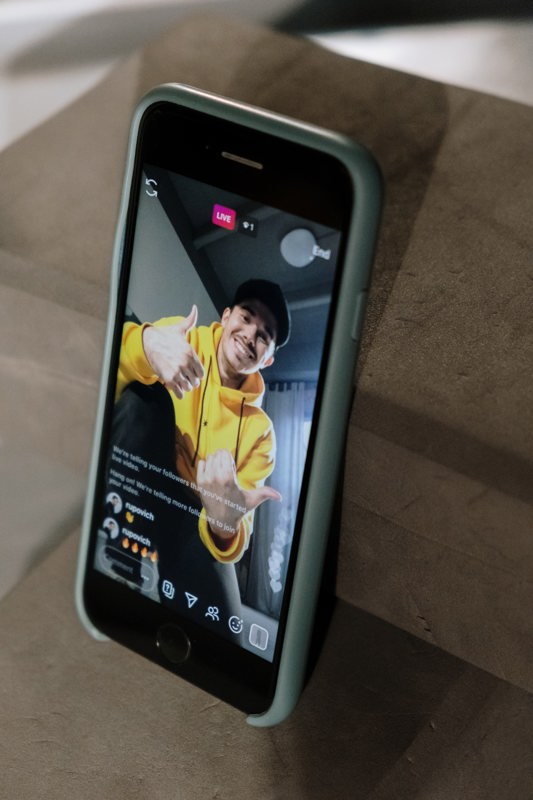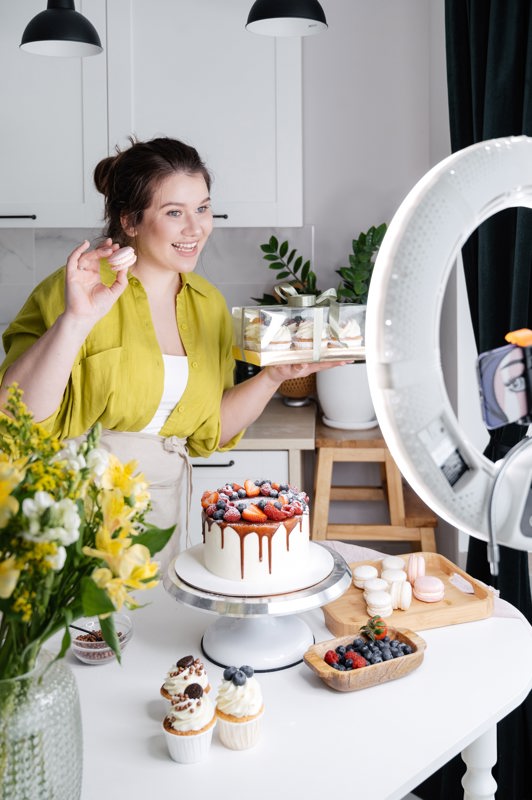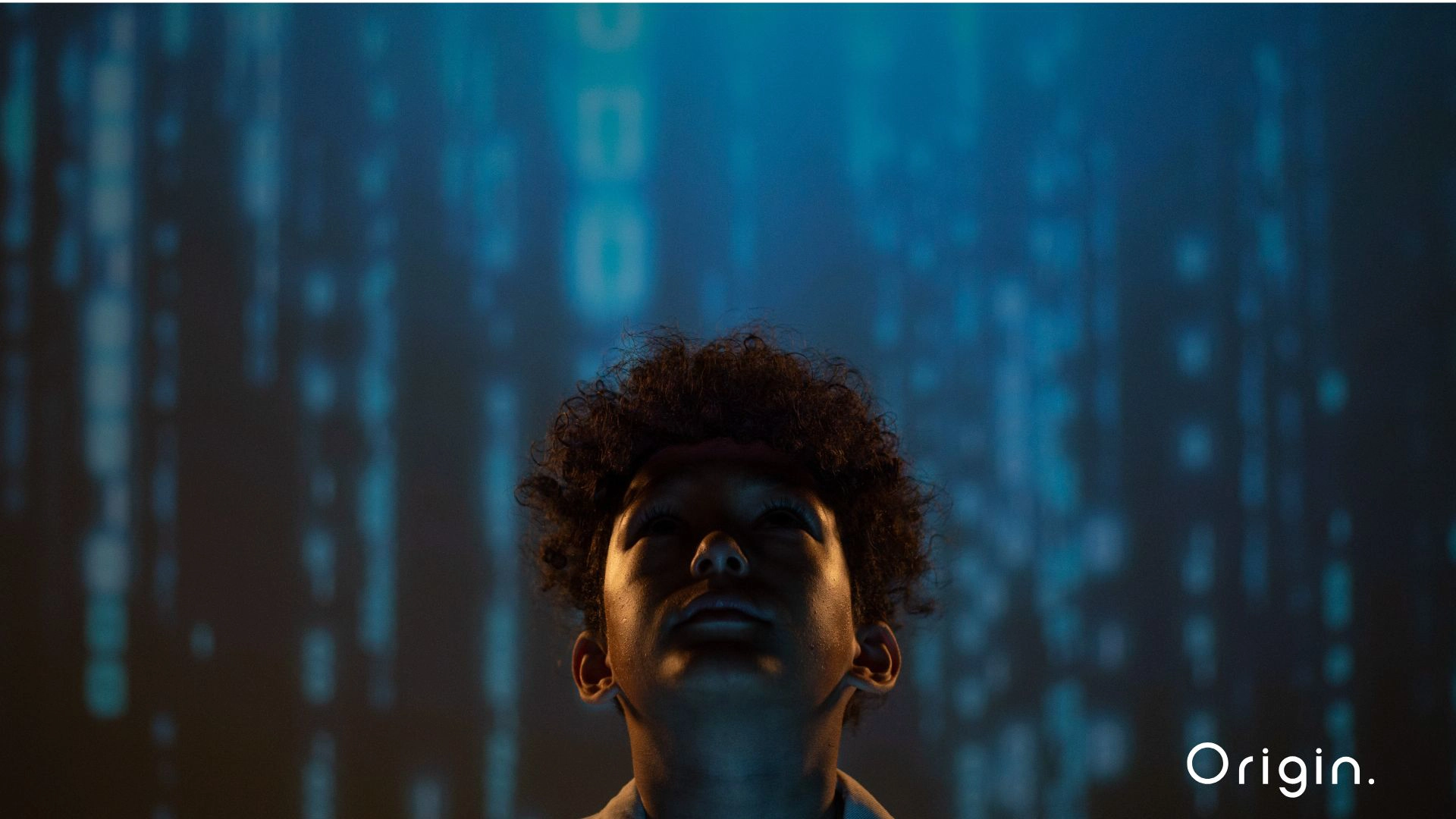Klaipeda


Top five social media trends for 2020 - What you need to know now
60% of Instagram users discover new products on the platform (Instagram Business).

 Growth Architects.
Growth Architects.


60% of Instagram users discover new products on the platform (Instagram Business).

There has been a buzz around social media developments this year, with Facebook emphasising its customisable privacy settings, Twitter updating to support iOS 13 Dark Mode, and Instagram removing its infamous following tab.
And, the new year will be no different. Social media is changing all the time and it can be difficult to figure out what will be most effective, so here are the top five trends I think you should factor into your 2020 social media strategy.
Users will search for products and purchase them in-app or via links. People using visual platforms to search and follow brands is already prevalent, with research showing 60% of Instagram users discover new products on the platform (Instagram Business).
This is set to increase, as users enjoy the convenience of finding products and transacting quickly.
Even if users don’t immediately purchase what they’ve seen, research shows after discovering a product on social media, 44% of consumers bought later online and 21% bought later in a physical store (STNT).
This just shows how impactful product posts are and the opportunity marketers have to leverage social media.
This trend has expanded exponentially over the past couple of years and influencers are considered a go-to for genuine opinions and recommendations. In fact, 70% of teenagers trust influencers more than traditional celebrities (Digital Marketing Institute).
Even with mature or B2B audiences, influencer marketing works because put simply, people buy from people.
A B2B company that executes influencer marketing well is American Express. It used the #AmexAmbassadors campaign on Instagram to promote its Platinum card and got high-profile influencers to post about how much they enjoy the benefits from having the card.
They posted images depicting travels and the events they attended, emphasising that having an American Express card gains you access to exclusives places.

Video has been gaining a lot of traction recently, and I’ve personally noticed it’s outperforming other content on multiple social media channels.
And, it’s effective in creating brand awareness and educating people about your product, as viewers retain 95% of a message when they watch it in a video compared to 10% when reading it in text (Wordstream).
PureGym launched a vertical video ad campaign on Facebook which aimed to reach specific locations across the UK, while promoting its new branding and ad design. The campaign – which ran from 5Th to 28th of February 2018 – resulted in a 33-point lift in ad recall, an 18-point lift in favourability, and a 19-point lift in preference for the brand.
Vertical video is an especially powerful tool for boosting brand awareness in B2B and B2C markets, as the majority of users hold their phones vertically and 75% of worldwide video viewing happens on mobile (eConsultancy).

Temporary content such as Facebook and Instagram Stories take advantage of the fear of missing out (FOMO) and gives followers the impression they’re seeing behind the scenes activity.
Mailchimp, an email service provider, uses Snapchat Stories to share scenes from events, creative images, and funny videos that followers become accustomed to and check the app for, so they don’t miss anything (Top Rank Blog).
Content that only lasts 24 hours might not seem like a smart investment, but 82% of brand audiences prefer live video from a brand to social posts (Smart Insights).
Snapchat and Instagram started the trend of social AR with filters, and this will continue developing in 2020 and beyond. It has practical applications for social commerce, allowing users to ‘try’ and buy products all within social media apps.
IKEA have an AR app ‘IKEA Place’ that uses a mobile device camera to visualise how virtual furniture items would look in a space. This takes the guesswork out of making large purchases for users and is more convenient than measuring the room. It also shows users whether a piece will aesthetically suit the décor of a room, ultimately cutting down the number of returns.
VR and AR is a well-received capability, with 63% of people reporting they are interested in using VR and AR to view products without having to visit physical stores (Social Media Today). And, the trend has practical applications for B2B such as interactive marketing materials.
If you would like to find out more about social media trends and implementing them into your social media strategy, email [email protected] or call 01926 422002 to chat with a member of our content team.
 Sud Kumar
Marketing Director
Sud Kumar
Marketing Director



In today’s digital-first universe, your website isn’t just a shiny brochure — it’s your storefront, sales engine, content hub, and often the very first handshake with your future customer.
Read more
Because here’s the deal — no matter how beautiful your UX is or how clever your AI chatbot sounds, if your site is sluggish, buggy, or goes down every time traffic spikes, users won’t stick around. (Let’s be honest, we’ve all bounced off a site because it didn’t load fast enough — and our attention spans are now officially shorter than a goldfish’s. Literally.)
Read more
For CTOs, it's no longer sufficient to react to change—strategic foresight and technical fluency are now essential for steering innovation and delivering resilient, scalable solutions
Read more